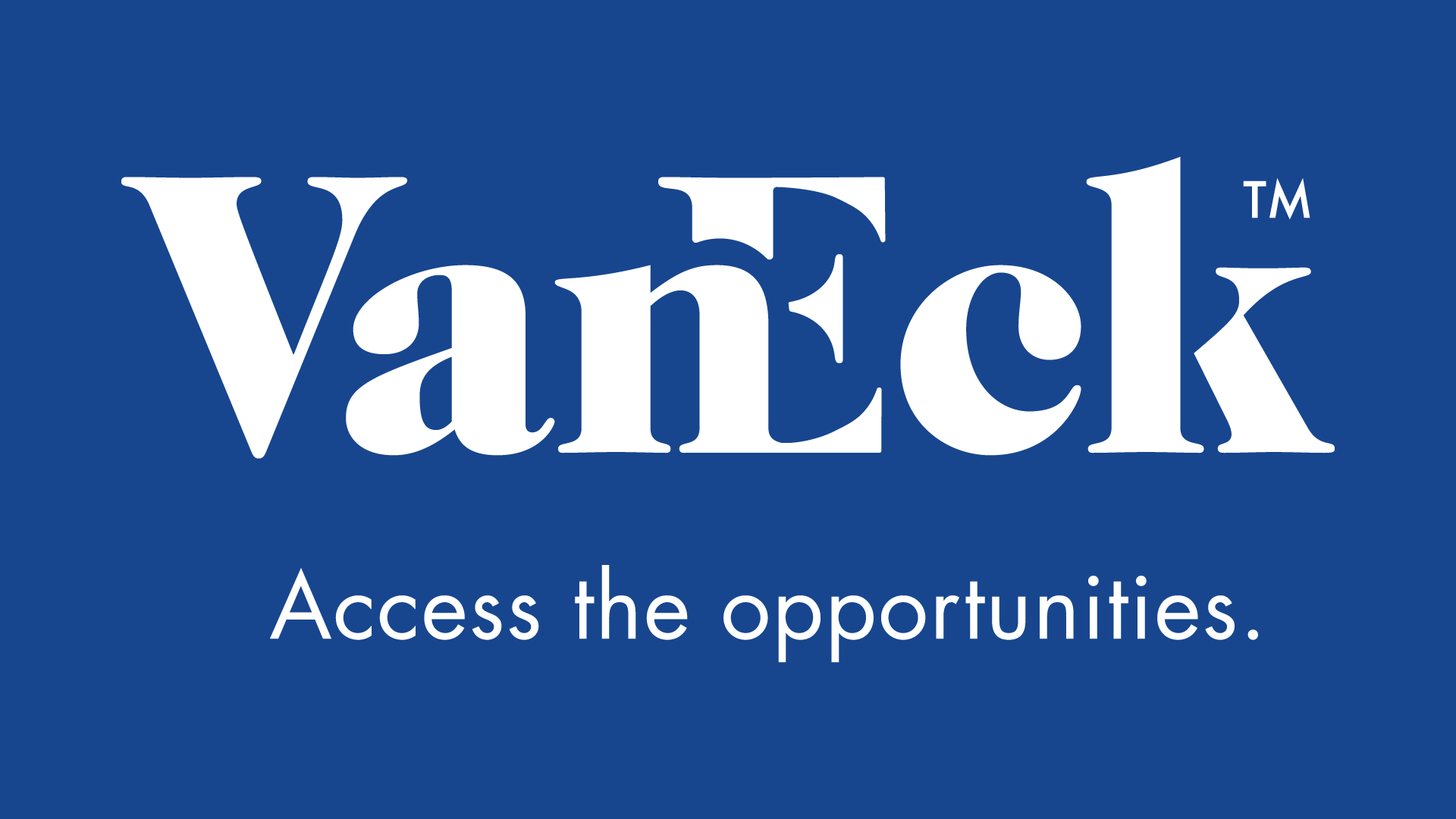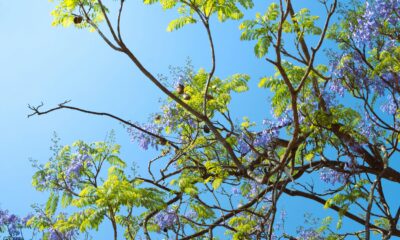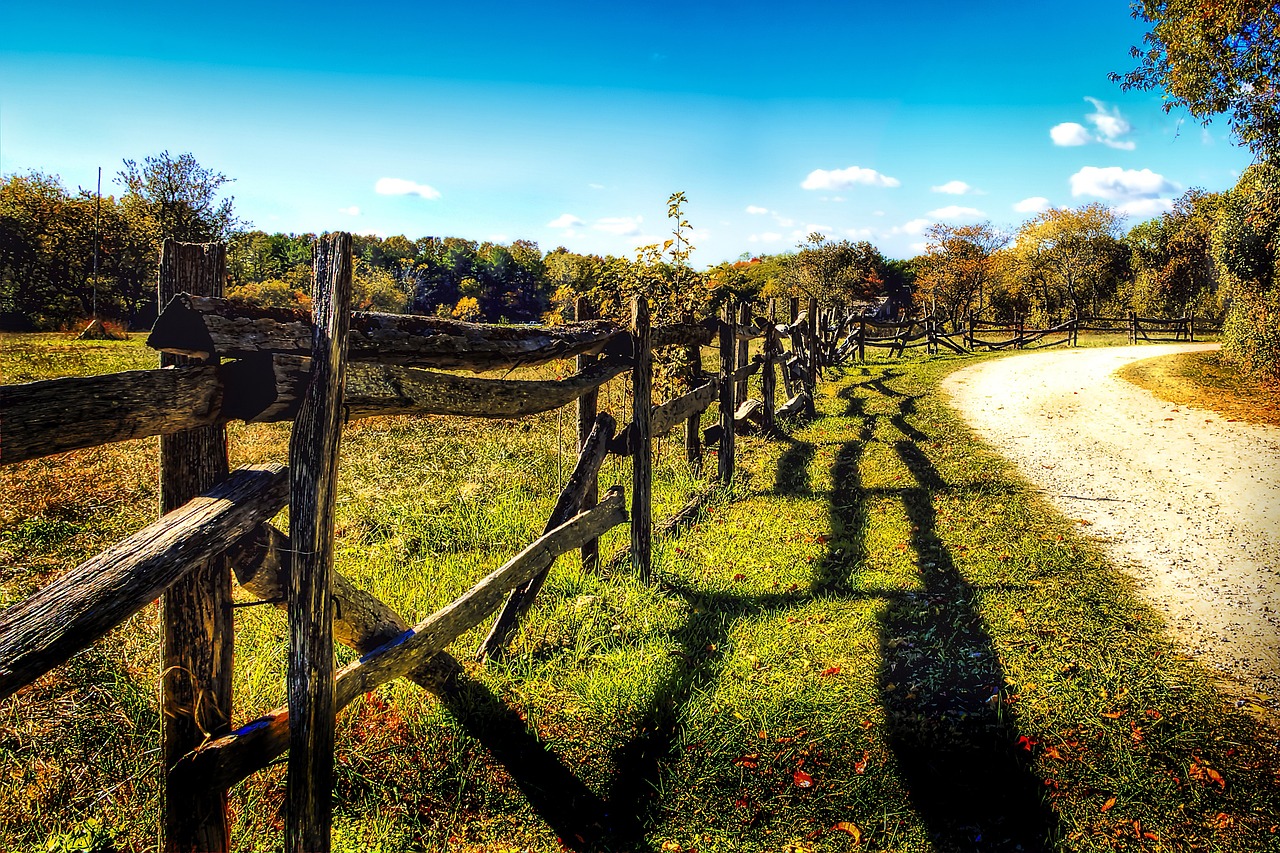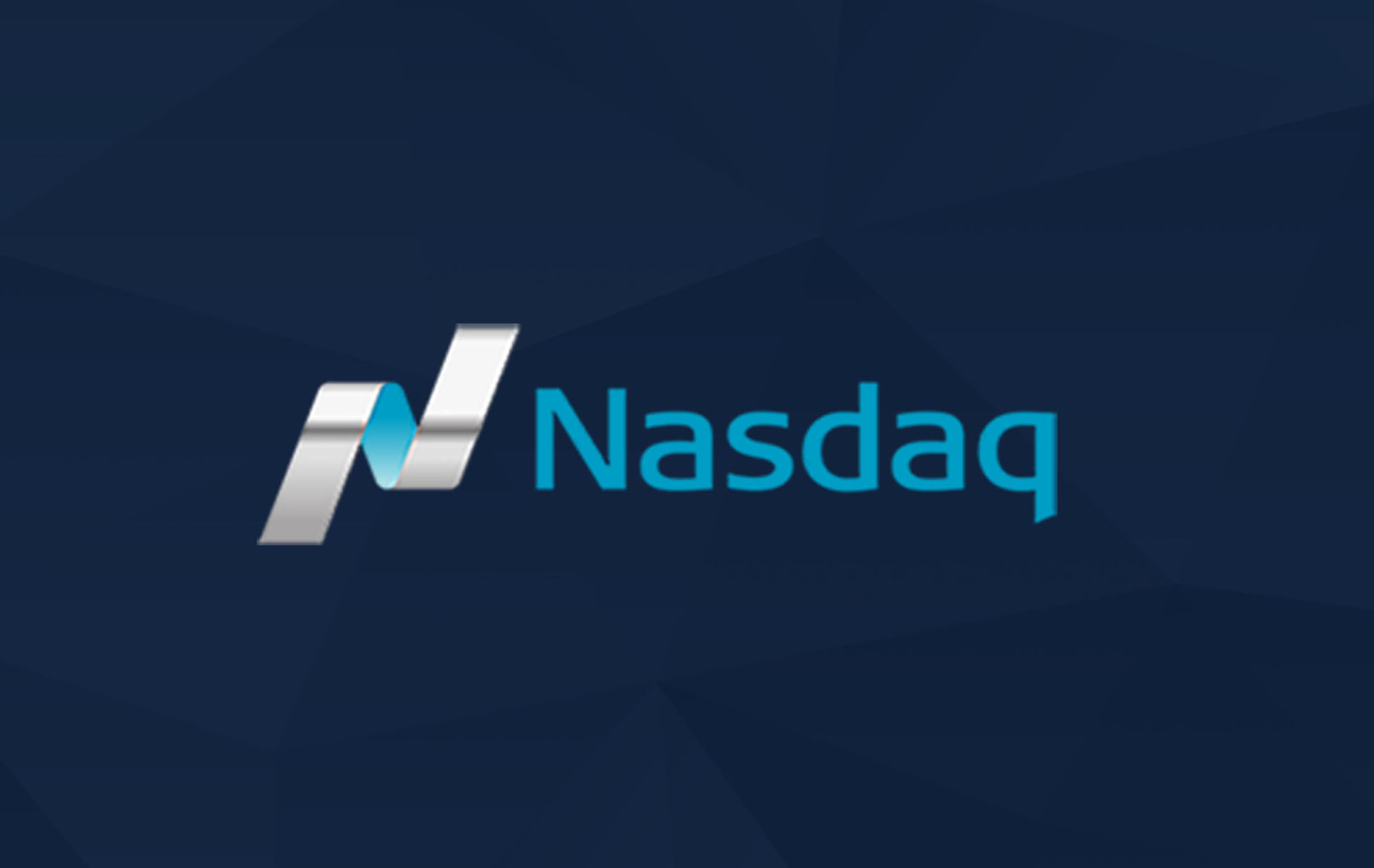- Capital outflows and currency stabilization in China help the overall emerging markets (EM) environment
- Headwinds including leverage in China, fiscal deterioration, and European issues remain prevalent
- Liquidity, defensive positioning and unconstrained approach remain crucial in periods of uncertainty
Market Overview
The market environment remains unsettled. The quality of the macro flow in major economies is still very uneven (despite a larger number of positive macro surprises in both developed G10 and EM) and many central banks find themselves in a policy quagmire where additional monetary easing results in stronger currencies and higher interest rates. Markets – no doubt “inspired” by Janet Yellen’s end-of-March speech – continue to price in a very dovish scenario for the Federal Reserve (Fed) that envisages only two full policy rate hikes in the next three years. A big increase in neutral investor positioning (as measured, for example, by the American Association of Individual Investors) in past weeks is a reflection of these uncertainties which, in turn, is a byproduct of tensions between serious macro/policy headwinds and tailwinds. The “tailwinds” cluster includes a more sanguine near-term outlook for China, tentative signs that EM growth might be bottoming out, and reasonably strong external accounts in many EMs. On the “headwinds” side of the equation, we find multiple unresolved issues in Europe, major imbalances in China (possibly made worse by the recent policy moves), a Fed struggling with forward guidance, a massive widening of the EM fiscal gap, and deteriorating corporate profitability.
Portfolio Review
We believe that the recent tailwinds are likely to dominate for the near term. It looks like Chinese authorities have managed to slow down capital outflows through official channels. The decline in international reserves is now smaller than in November-December 2015. Authorities are also implementing additional measures to support growth, mainly through additional credit supply. Possible fiscal stimulus might prop up GDP growth as well. These factors should reduce the immediate depreciation pressure on the renminbi (CNY) and authorities should be able to maintain the existing exchange rate regime for a little longer, alleviating concerns about the impact of CNY devaluation on other emerging market currencies (especially in Asia). Additional EM foreign exchange (FX) strength is a benefit to the inflation outlook and in this environment, the Fed’s dovish policy stance might provide EM central banks with more room to ease, which could facilitate a cycle of stronger currencies, lower inflation, lower interest rates and a better growth outlook. There are already tentative signs (better macro surprises and higher PMIs) that the growth outlook in EM might be improving. Consensus forecasts for 2016 quarterly GDP growth in EM have also been edging up since mid-March and additional policy support might prove crucial for further progress. Lower inflation can further boost real interest rates in EM, which already look attractive relative to the past lows and relative to U.S. Treasuries (UST). An important, although temporary, aspect of China’s current policy mix is its positive impact on the housing market and, as such, on global commodity prices, especially metals, which should provide additional support to EM FX and external balances.
However, persistent headwinds abound. Our key concern is that China’s near-term growth/FX relief might come at the price of worsening imbalances, which will likely make any future resolution more problematic. Specifically, the leverage context remains highly worrisome as authorities intend to accelerate M2 money supply (includes cash, checking and savings deposits, money market mutual funds) growth. The same applies to a very high bank assets/nominal GDP ratio (especially when compared to China’s still relatively low per capita GDP). The success of China’s credit boost is questionable given that it now takes four extra units of credit (measured by Total Social Financing, a figure the Chinese government created to track all the money in its system) to produce one extra unit of nominal GDP. Despite the recent small improvements, both China’s growth slowdown and the decline in international reserves are of historic proportions and the reserve adequacy now looks stretched on several metrics. So, while we acknowledge the recent positive signals coming from China, our longer-term view on China’s economic, policy and, political challenges remains unchanged.
Another set of concerns relates to the recent fiscal deterioration in EM and rating downgrades it might entail. After several years of stability (2010-2014), the aggregate EM fiscal gap widened sharply in 2015, reaching 3.7% of GDP – the worst in the past 15 years – and consensus expects further deterioration to 4% of GDP in 2016. We doubt that rating agencies will respond kindly to the deterioration and we expect further rating/outlook downgrades.
Our third set of concerns centers on unresolved European issues. The potential for Greece to leave the eurozone (“Grexit”) is resurfacing again and will keep on reappearing unless there are more radical steps to help reduce the debt burden. The immigration/refugee issue looks thoroughly mishandled and we should expect further instances of political extremism. The situation in the banking sector appears murky at best and bank credit default swap spreads started to widen again after a brief post-European Central Bank (ECB) respite in early March. There is also growing evidence that negative interest rates are punishing banks. Finally, corporate profitability is deteriorating and capex spending remains high relative to cash flow from operations.
The portfolio implications of these developments are as follows: (1) be nimble and liquid (and the unconstrained approach is more important than ever); (2) be aware of the headwinds that we view as resurgent and have a reaction function (ours is when China’s property market stalls again and/or the Fed hikes); (3) respect tailwinds in downturns – big and long rallies often happen when things are bad.
Specifically, we maintain our defensive positions (approximately 40% of the portfolio) in hard-currency bonds with spread/beta positions (i.e., Argentina and Brazil) and/or with defensive characteristics (i.e., South Korea). We also maintain selective exposure to local-currency denominated bonds (approximately 50% of the portfolio). We focus on countries with high real interest rates, where central banks that are not afraid to tighten if necessary and whose currencies were allowed to depreciate during the past risk-off episodes (i.e., Mexico, Indonesia, Malaysia, and Brazil). Finally, we have exposure to selective EM corporates (about 10% of our portfolio) with a focus on liquid companies that demonstrate low-beta to the economy and that can benefit from FX weakness through local-currency costs.
Exposure Types and Significant ChangesThe changes to our top positions are summarized below. Our largest positions are currently: Brazil, Mexico, Argentina, Peru, and South Africa.
- We added local-currency sovereign exposure in Indonesia and Peru to potentially benefit from the uptick in commodity prices and lower than expected inflation that allowed the Bank of Indonesia to cut and the central bank of Peru to hold. We also expect to benefit from changes in Indonesia’s regulatory environment that should boost local demand for government bonds.
- We also added local-currency exposure to Brazil where impeachment sentiment is rapidly gaining momentum and inflation appears to be topping off. We also increased local exposure in Mexico and Malaysia where inflation remains under control.
- We reduced hard-currency sovereign exposure in South Korea and Israel – low beta bonds that have performed well but have been reduced to reallocate to more compelling opportunities.
- We also reduced hard-currency sovereign exposure in the Philippines, Chile, and Hungary (where Prime Minister Viktor Orban’s fight with the EU has intensified lately).
Fund Performance
- The Fund (EMBAX) gained 3.27% in March, compared to a 6.16% gain for a 50% local-50% hard-currency index.The Fund’s biggest winners were Brazil, Mexico, Argentina, and Peru. The Fund’s biggest losers were Israel, South Korea, and Indonesia.
- Turning to the market’s performance, the GBI-EM’s biggest winners were Russia, Colombia, and South Africa. The biggest losers were Nigeria, China, and Thailand.
- The EMBI’s biggest winners were Ecuador, Mongolia, and Zambia, while its biggest losers were Serbia, Poland, and Romania.
Manager Commentary
By: Eric Fine, Portfolio Manager
Please note that the information herein represents the opinion of the portfolio manager and these opinions may change at any time and from time to time.
Diversification does not assure a profit or prevent against a loss.
Expenses: Class A: Gross 1.32%; Net 1.25%. Expenses are capped contractually until 05/01/16 at 1.25% for Class A. Caps exclude certain expenses, such as interest. Please note that, generally, unconstrained bond funds may have higher fees than core bond funds due to the specialized nature of their strategies. The tables above present past performance which is no guarantee of future results and which may be lower or higher than current performance. Returns reflect applicable fee waivers and/or expense reimbursements. Had the Fund incurred all expenses and fees, investment returns would have been reduced. Investment returns and Fund share values will fluctuate so that investors’ shares, when redeemed, may be worth more or less than their original cost. Fund returns assume that dividends and capital gains distributions have been reinvested in the Fund at Net Asset Value (NAV). Index returns assume that dividends of the index constituents have been reinvested. Investing involves risk, including loss of principal; please see disclaimers on next page. Please call 800.826.2333 or visit vaneck.com for performance current to the most recent month ended.
Data Sources: VanEck Research, FactSet. All portfolio weightings and statements herein as of March 31, 2016. Unless otherwise indicated.
Duration measures a bond’s sensitivity to interest rate changes that reflects the change in a bond’s price given a change in yield. This duration measure is appropriate for bonds with embedded options. Quantitative Easing by a central bank increases the money supply engaging in open market operations in an effort to promote increased lending and liquidity. Monetary Easing is an economic tool employed by a central bank to reduce interest rates and increase money supply in an effort to stimulate economic activity. Correlation is a statistical measure of how two variables move in relation to one other. Liquidity Illusion refers to the effect that an independent variable might have in the liquidity of a security as such variable fluctuates overtime. A Holdouts Issue in the fixed income asset class occurs when a bond issuing country or entity is in default or at the brink of default, and launches an exchange offer in an attempt to restructure its debt held by existing bond holding investors.
Emerging Markets Hard Currency Bonds refers to bonds denominated in currencies that are generally widely accepted around the world (such as the U.S.-Dollar, Euro or Yen). Emerging Markets Local Currency Bonds are bonds denominated in the local currency of the issuer. Emerging Markets Sovereign Bonds are bonds issued by national governments of emerging countries in order to finance a country’s growth. Emerging Markets Quasi-Sovereign Bonds are bonds issued by corporations domiciled in emerging countries that are either 100% government owned or whose debts are 100% government guaranteed. Emerging Markets Corporate Bonds are bonds issued by non-government owned corporations that are domiciled in emerging countries. A Supranational is an international organization, or union, whose members transcend national boundaries and share in the decision-making. Examples of supranationals are: World Bank, IMF, World Trade Organization. The European Central Bank (ECB) is the central bank for the euro and administers monetary policy of the Eurozone, which consists of 19 EU member states and is one of the largest currency areas in the world. The Labor Market Conditions Index (LMCI) is a dynamic factor model index that combines 19 labor market indicators to provide an assessment of overall labor market conditions. The Employment Cost Index tracks the changes in the costs of labor for businesses in the United States economy.
All indices are unmanaged and include the reinvestment of all dividends, but do not reflect the payment of transaction costs, advisory fees or expenses that are associated with an investment in the Fund. An index’s performance is not illustrative of the Fund’s performance. Indices are not securities in which investments can be made. The 50/50 benchmark (the “Index”) is a blended index consisting of 50% J.P. Morgan Emerging Markets Bond Index (EMBI) Global Diversified and 50% J.P. Morgan Government Bond Index-Emerging Markets Global Diversified (GBI-EM). The J.P. Morgan Government Bond Index-Emerging Markets Global Diversified (GBI-EM) tracks local currency bonds issued by Emerging Markets governments. The index spans over 15 countries. J.P. Morgan Emerging Markets Bond Index (EMBI) Global Diversified tracks returns for actively traded external debt instruments in emerging markets, and is also J.P. Morgan’s most liquid U.S-dollar emerging markets debt benchmark. The J.P. Morgan Emerging Country Currency Index (EMCI) is a tradable benchmark for emerging markets currencies versus the U.S. Dollar (USD). The Index compromises 10 currencies: BRL, CLP, CNH, HUF, INR, MXN, RUB, SGD, TRY and ZAR. The Consumer Confidence Index (CCI) is an indicator designed to measure consumer confidence, which is defined as the degree of optimism on the state of the economy that consumers are expressing through their activities of savings and spending.
Information has been obtained from sources believed to be reliable but J.P. Morgan does not warrant its completeness or accuracy. The Index is used with permission. The index may not be copied, used or distributed without J.P. Morgan’s written approval. Copyright 2014, J.P. Morgan Chase & Co. All rights reserved.
Please note that the information herein represents the opinion of the portfolio manager and these opinions may change at any time and from time to time and portfolio managers of other investment strategies may take an opposite opinion than those stated herein. Not intended to be a forecast of future events, a guarantee of future results or investment advice. Current market conditions may not continue. Non-VanEck proprietary information contained herein has been obtained from sources believed to be reliable, but not guaranteed. No part of this aterial may be reproduced in any form, or referred to in any other publication, without express written permission of Van Eck Securities Corporation ©2016 VanEck.
Investing involves risk, including loss of principal. You can lose money by investing in the Fund. Any investment in the Fund should be part of an overall investment program, not a complete program. The Fund is subject to risks associated with its investments in emerging markets securities. Investing in foreign denominated and/or domiciled securities may involve heightened risk due to currency fluctua-tions, and economic and political risks, which may be enhanced in emerging markets. As the Fund may invest in securities denominated in foreign currencies and some of the income received by the Fund will be in foreign currencies, changes in currency exchange rates may negatively impact the Fund’s return. Derivatives may involve certain costs and risks such as liquidity, interest rate, market, credit, management and the risk that a position could not be closed when most advantageous. The Fund may also be subject to credit risk, in¬terest rate risk, sovereign debt risk, tax risk, non-diversification risk and risks associated with non-investment grade securities. Please see the prospectus and summary prospectus for information on these and other risk considerations.
Investors should consider the Fund’s investment objective, risks, and charges and expenses carefully before investing. Bond and bond funds will decrease in value as interest rates rise. The prospectus and summary prospectus contain this as well as other information. Please read them carefully before investing. Please call 800.826.2333 or visit vaneck.com for performance information current to the most recent month end and for a free prospectus and summary prospectus.
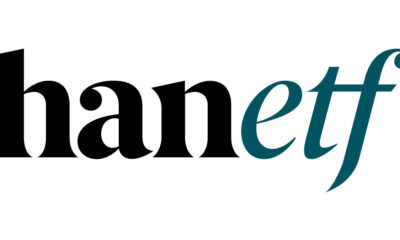
 Nyheter4 veckor sedan
Nyheter4 veckor sedan
 Nyheter4 veckor sedan
Nyheter4 veckor sedan
 Nyheter2 veckor sedan
Nyheter2 veckor sedan
 Nyheter4 veckor sedan
Nyheter4 veckor sedan
 Nyheter3 veckor sedan
Nyheter3 veckor sedan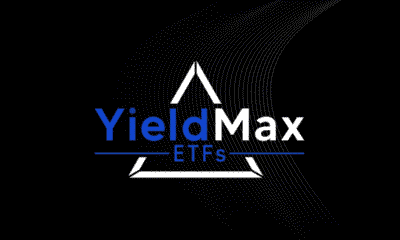
 Nyheter3 veckor sedan
Nyheter3 veckor sedan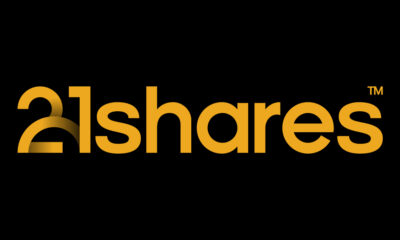
 Nyheter3 veckor sedan
Nyheter3 veckor sedan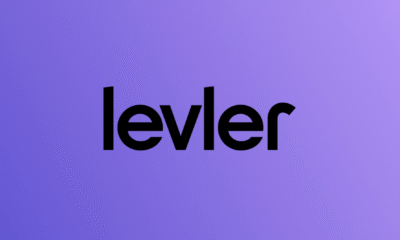
 Nyheter1 vecka sedan
Nyheter1 vecka sedan
